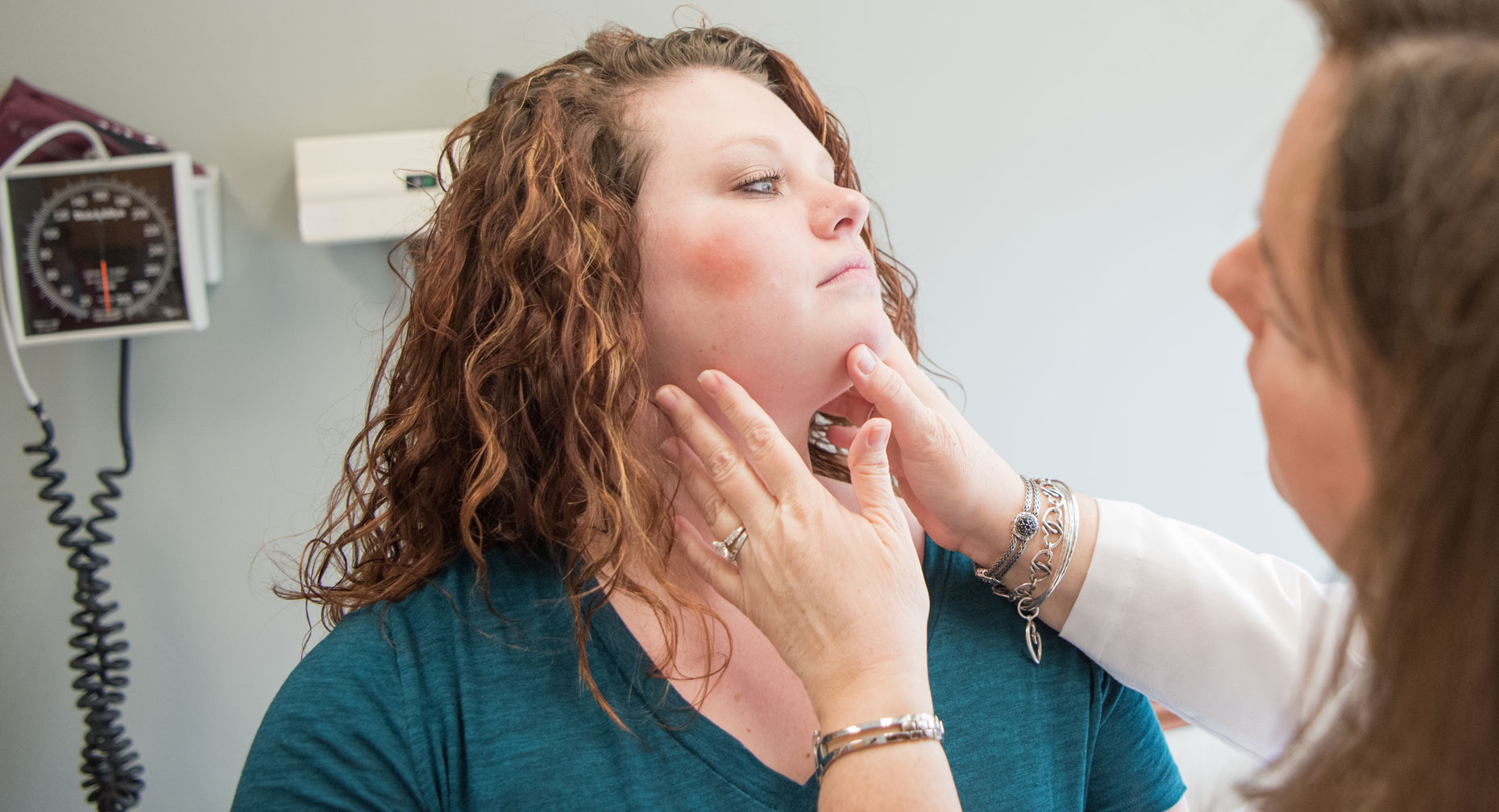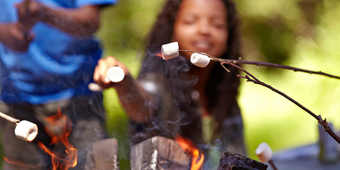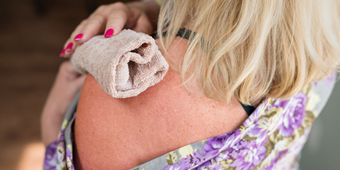My Face is Red. Do I Have Rosacea?

Answer a few questions and we'll provide you with a list of primary care providers that best fit your needs.
Wondering why your face gets red frequently? You could be one of 5 percent of Americans with rosacea, a chronic skin condition characterized by redness of the face.
“Some individuals who come in to my office think they are experiencing teenage acne again, and others are frustrated by the reoccurring rash on their face and want a solution,” says Joshua Ordway, MD, of Franklin Family Medicine.
Rosacea appears as redness on the nose, cheeks, chin and forehead, often after age 30 in fair-skinned people. Rosacea also may appear on the neck or cause eye irritation.
The exact cause of rosacea is unknown. Some people have triggers that seem to cause flare-ups. While there is no cure for the condition, treatments can reduce and reverse symptoms and improve your appearance.
Signs and Symptoms
You may first notice rosacea as a rash or redness on your face or neck that comes and goes.
Doctors know that rosacea runs in some families. The disorder also is associated with other conditions, including:
- Coronary artery disease
- High blood pressure
- High cholesterol
- Diabetes
- Stroke
- Brain and thyroid cancers
Rosacea is more often diagnosed in women. Men are usually diagnosed in the later stages of the disease.
Early diagnosis and treatment of rosacea is important, as the condition can worsen over time.
Symptoms that affect the skin include:
- Redness
- Rash
- Pimples
- Broken blood vessels
- Thickened skin, especially on the nose
Symptoms that affect the eyes include:
- Redness
- Tearing
- Burning
- Inflamed eyelids
- Feeling like something is in the eye
If you experience any of these signs and symptoms, talk with your doctor. To make a diagnosis, he will examine your skin and discuss your symptoms and family history with you.
While there is no cure for the condition, treatments can reduce and reverse symptoms and improve your appearance.
Treating Redness and Irritation
Treatments control the condition and reduce the appearance of redness, pimples and broken blood vessels. Depending on the stage of your rosacea, noticeable changes may take weeks or months.
Medicines, dietary changes and dermatologic procedures may be used to manage rosacea. Your doctor may prescribe:
- Oral medicines, such as antibiotics
- Antibiotic creams
- Prescription creams and lotions
- Dietary changes, such as avoiding caffeine, spicy foods and alcohol
- Skin treatments, such as:
- Laser therapy
- Glycolic acid peels
- Dermabrasion
- Electrosurgery
By following your care instructions, you increase your chance of achieving best results.
Avoid Rosacea Triggers

Living with rosacea means knowing what triggers an outbreak and gently caring for your skin. For instance, use a gentle facial cleanser and apply sunscreen before going outdoors.
What sets off the condition varies by individual. Doctors recommend keeping a diary of your triggers and trying to avoid them. These are the 10 most common triggers:
- Sun exposure
- Emotional stress
- Hot weather
- Wind
- Heavy exercise
- Alcohol
- Hot baths
- Cold weather
- Spicy foods
- Humidity
To keep your rosacea under control, talk with your doctor for suggestions and try to avoid stress.
Answer a few questions and we'll provide you with a list of primary care providers that best fit your needs.
Source: Joshua Ordway, MD, Franklin Family Medicine; American Rosacea Society; National Rosacea Society





